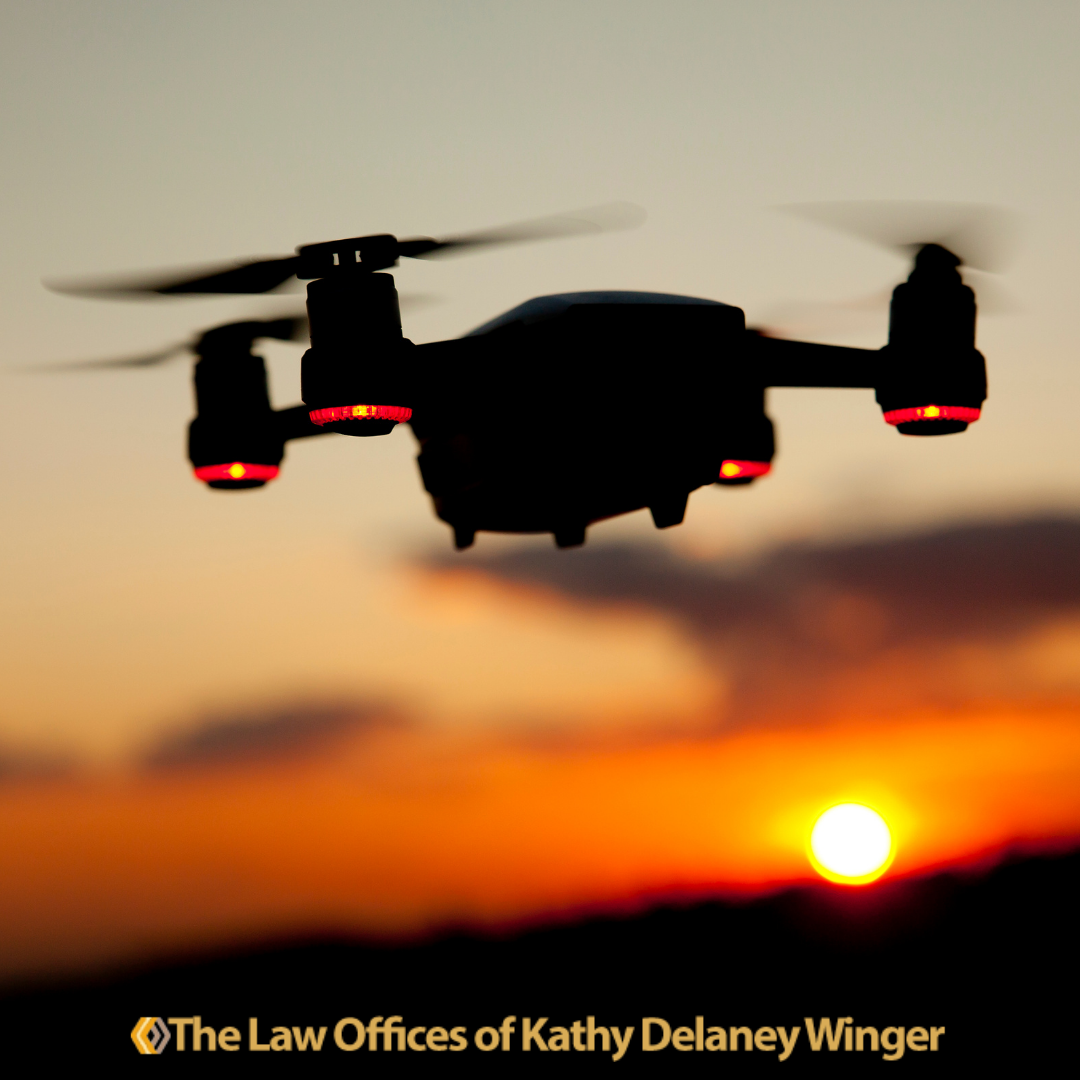Laws and Regulations for Drone Usage

Laws and Regulations for Drone Usage
As new uses for drones have been discovered and implemented, their popularity for both recreational and commercial use has continued to grow. In a recent blog, we delved into the evolving issues and liability related to drone usage, including risks and ways that individuals, as well as businesses, may be held accountable for any potential problems they cause. This article focuses on how these risks and liabilities have been accounted for in terms of laws and regulations.
The Federal Aviation Administration (FAA) has been working on continuously updating regulations to introduce drones into commerce while also considering public safety. There has been a stream of new regulations starting in 2012 with the FAA’s Modernization and Reform Act. To date, the most rules and regulations were created by the FAA in 2016. Those rules include, among other things, limiting commercial drone operation to:
– elevations under 400 feet and speed under 100 miles per hour;
– areas within the operator’s line of sight;
– daytime use; and
– areas away from other aircraft, the general public, stadiums, major events, and emergency efforts
The rules also established a process for pilots to obtain a waiver from any of these restrictions.
At the end of 2020, the FAA issued two more major rules. The first is a requirement for Remote Identification, which will act as a digital license plate that identifies a drone during flight. The Identification includes information such as the identity, location, altitude of the drone as well as its control or take-off location. Authorized individuals from public safety agencies will have the ability to access this information with permission from the FAA. This helps the FAA as well as law enforcement, find the control station when a drone is flying in an unsafe manner or in a restricted area. This rule’s compliance date is upcoming, with an effective date of September 16th, 2023.
The second rule is called the “Operation of Unmanned Aircraft Systems Over People”. It allows for the routine operation of drones over the general public and at night, under certain circumstances, without requiring a waiver. After this rule was established, the FAA approved a small business’s operation of the first fully automated commercial drone flights that operated without hands-on pilots or any direct observation.
Several state and local governments have also established ways to regulate drone use, though there are existing difficulties in their conflict with federal regulations. For instance, in National Press Photographers vs. McCraw, media organizations are challenging a Texas law that bans commercial drone usage over critical infrastructure facilities at a height below 400 feet. Since the federal regulations prohibit flights above 400 feet, the effect of the Texas law is to prohibit all flights over these facilities. The plaintiffs in this case argue that this violates the 1st Amendment and that the state law should be considered invalid because of the conflict with federal law.
Keeping in mind local, state, and federal regulations for drones and staying updated on effective dates of new regulations is critical for your recreational and commercial use. Let me know if I can help.
The information presented here is for general educational purposes only. It does not constitute legal advice and does not create an attorney-client relationship.